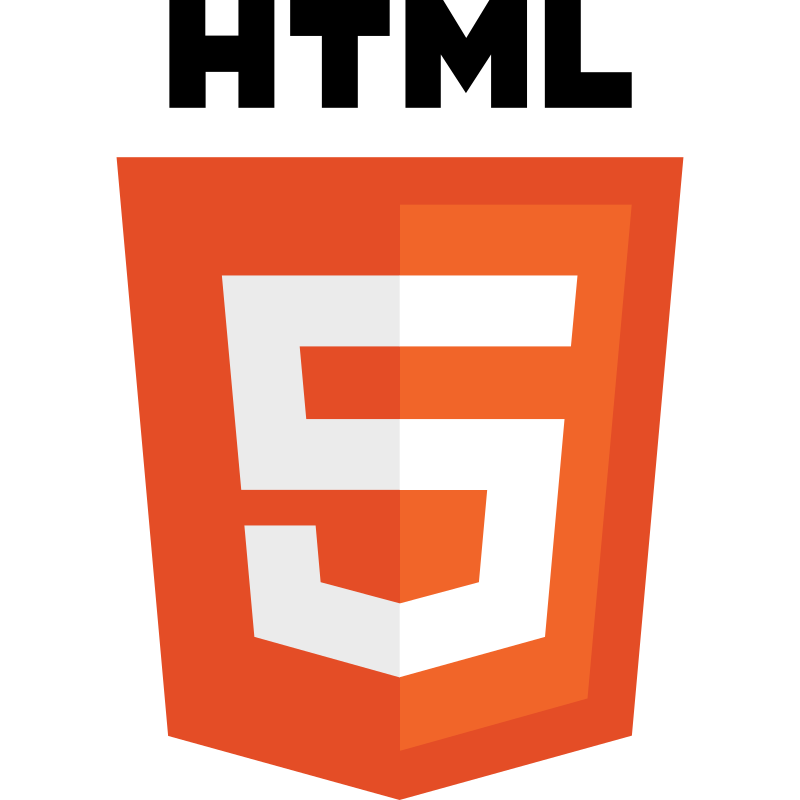
HTML (Hypertext Markup Language) is the set of mark-up symbols or codes inserted in a file intended for display on a World Wide Web browser page. The mark-up tells the Web browser how to display a Web page’s words and images for the user. While HTML is a commonly used word in 2017, the first public mention of HTML was made in the year 1991. Back then, Tim Berners-Lee described the 18 tags that were initially available in the mark-up language as HTML. Three years later in 1994, a working group was established for HTML – The Internet Engineering Task Force (IEFT). The IEFT believed that the web belonged to the people and kept the group’s doors open to anyone who wished to join. By 1995, several new tags and attributes were added. Features such as being able to set the font and background colour were also incorporated in HTML. However, these changes drew some criticism as the argument was that HTML should only be used for describing the structure of a document, and not for styling which went outside the scope of this. Simultaneously, browser vendors were tearing ahead of the HTML working group, and finding consensus on new features came very slowly. To tackle this, the vendors came together to dedicate themselves to standardising HTML, and a month later the HTML working group was disbanded due to its slow-moving nature. Since then, we have come a long way in HTML. In older versions of HTML, we had limited control over the browser view. We could go back and forth using the available methods, but that was it. With the launch of HTML5 by the World Wide Web Consortium (W3C) in October 2014, there are now several more syntactic features than the previous HTML incarnations. HTML5 now has over 100 tags which have helped improve the language with support for the latest multimedia, while keeping it both easily readable by humans and consistently understood by computers and devices such as web browsers, parsers, etc. HTML5 is intended to subsume not only HTML 4, but also XHTML 1 and DOM Level 2 HTML. With HTML5’s ability to handle video and graphical content without depending upon plugins and application programming interfaces, it has had a significant impact on how a website and/or web application is viewed by a consumer.
